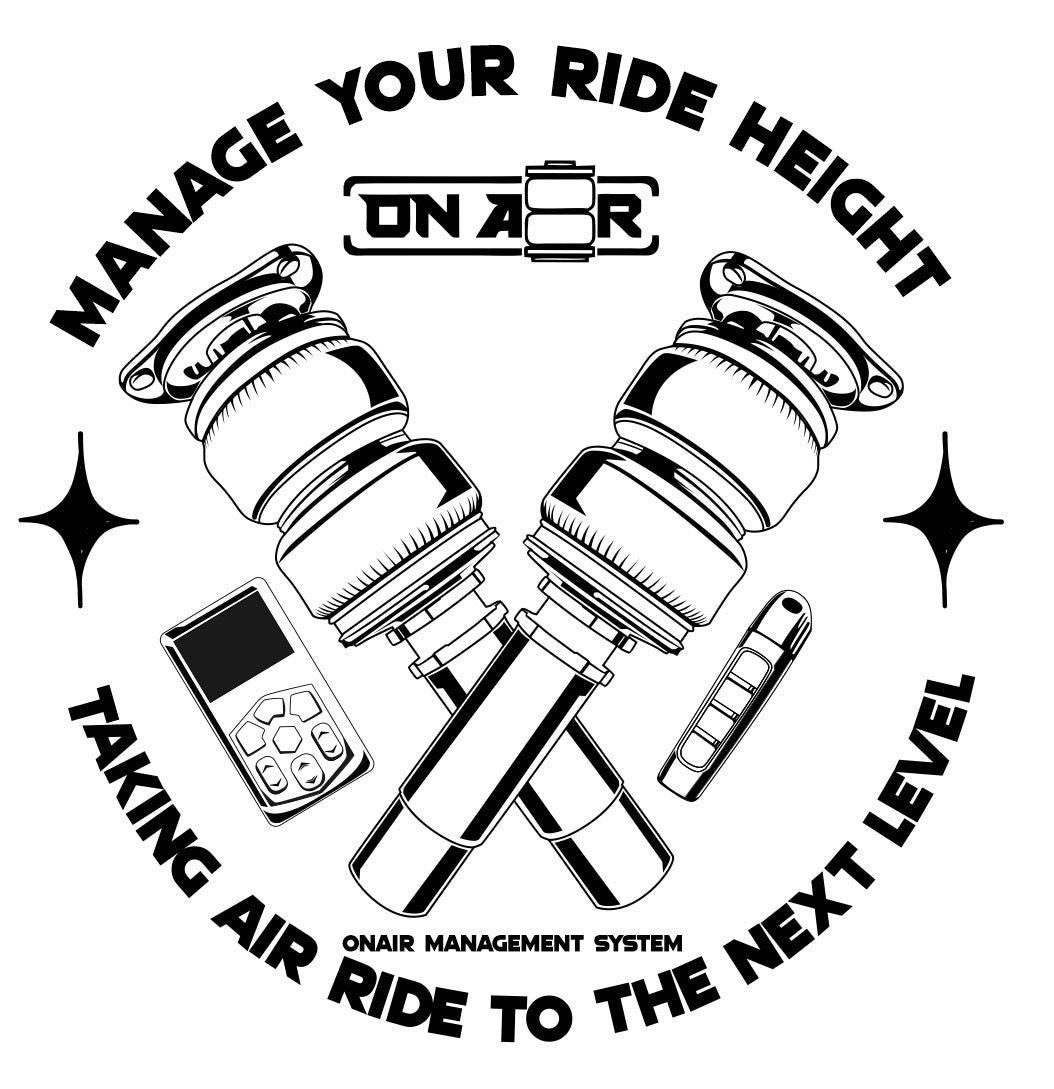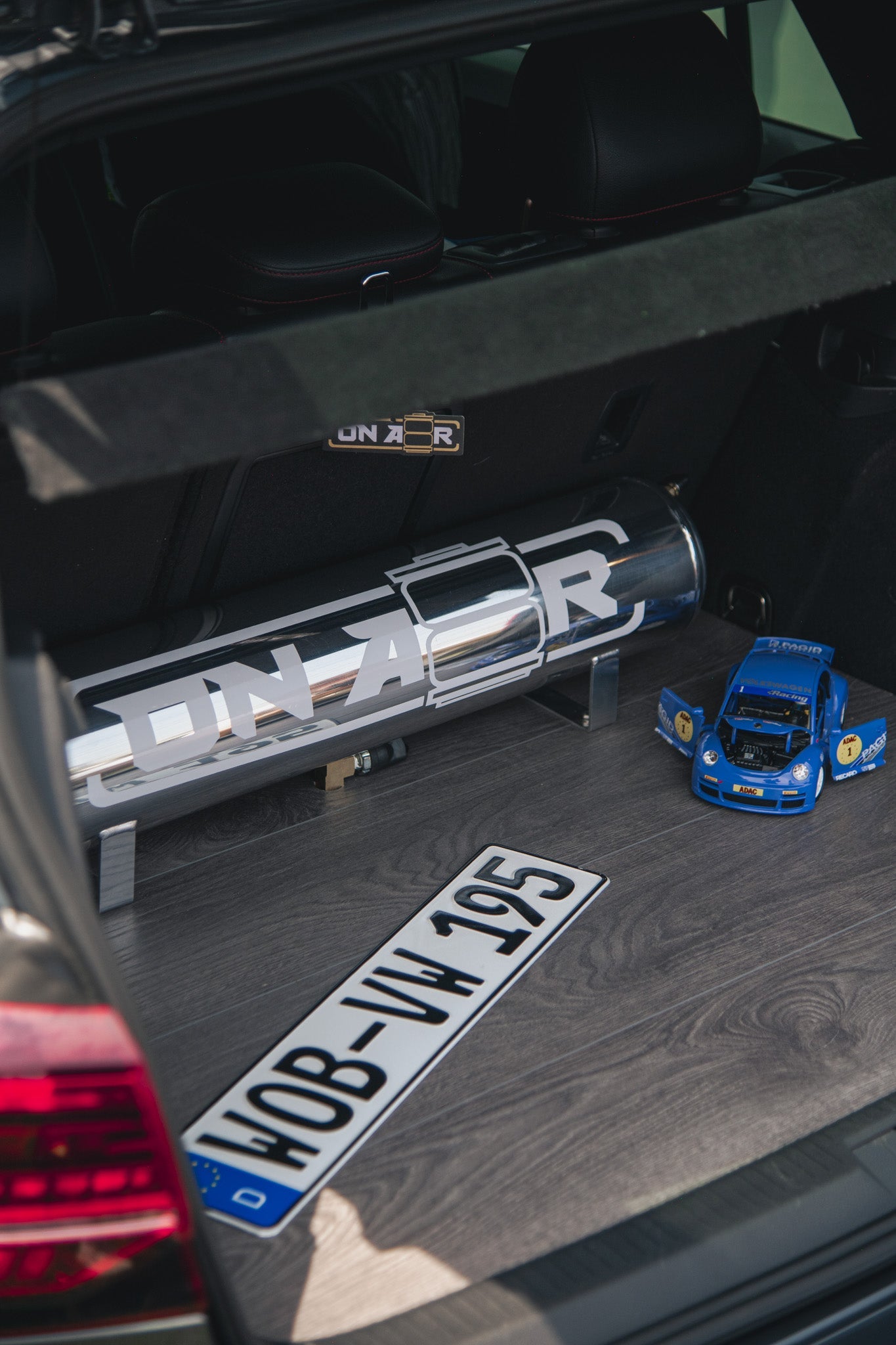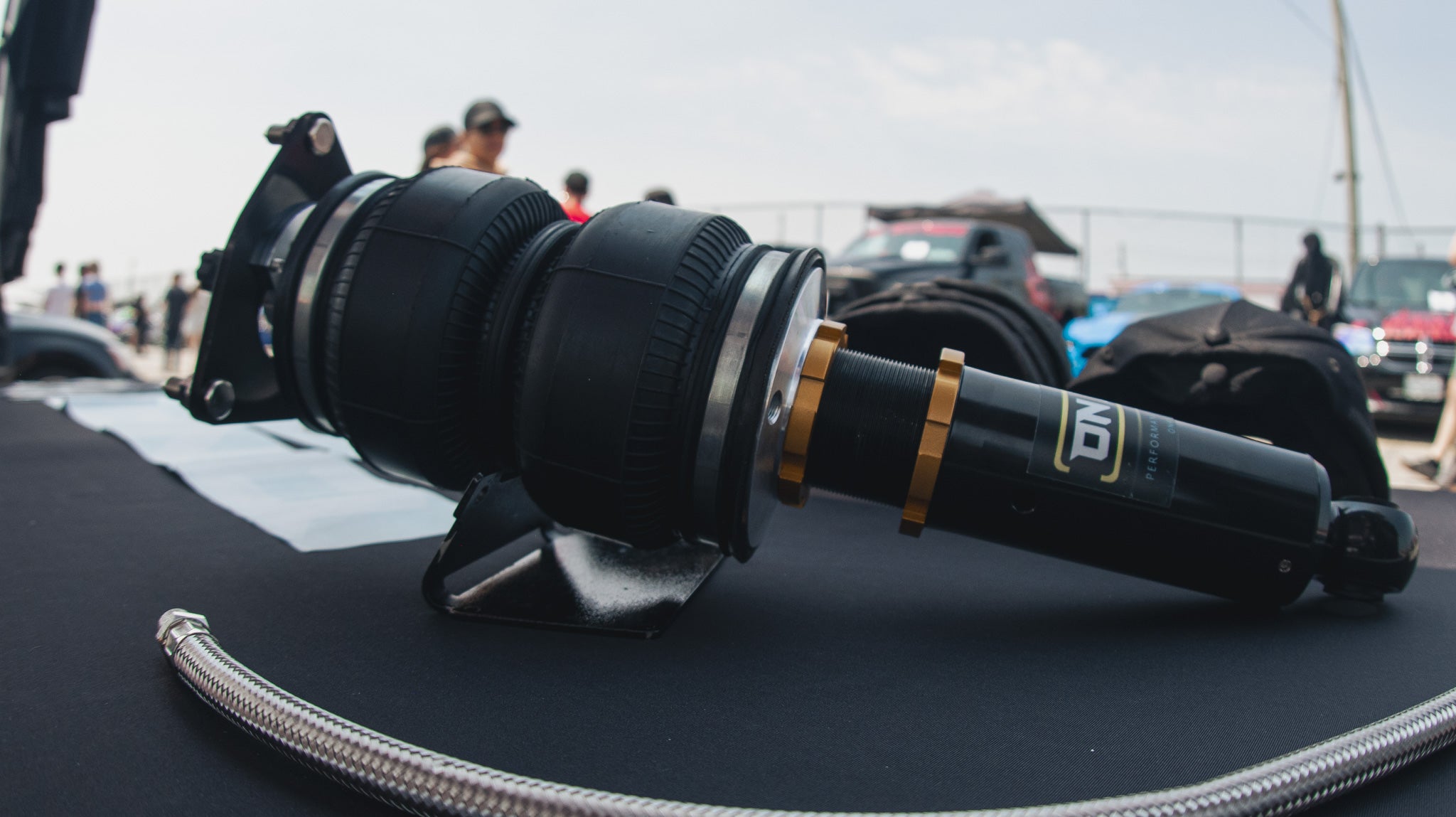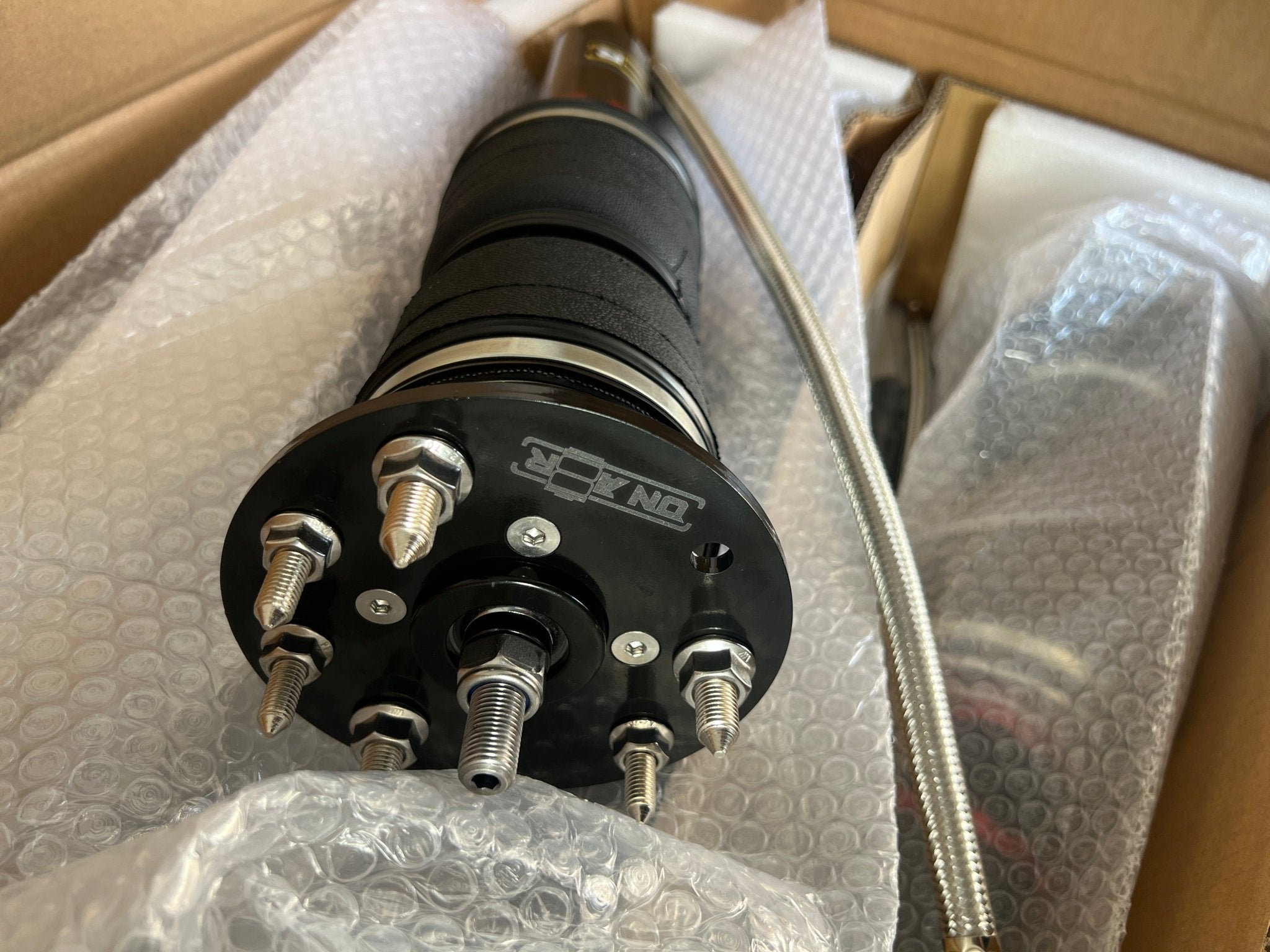1. **Variable Spring Rate**
Conventional coil springs have a fixed spring rate, which means they provide a consistent level of resistance to compression regardless of the load. On the other hand, air bags have a variable spring rate. The spring rate of an air bag depends on the air pressure inside it. By adjusting the air pressure, you can effectively change the spring rate of the air bag. This variability allows for more precise tuning of the suspension system to suit different driving conditions and preferences.
2. **Adjustable Ride Height**
Air bags allow for adjustable ride height, whereas coil springs have a fixed ride height. By adjusting the air pressure in the air bags, you can raise or lower the vehicle's ride height. This adjustability is beneficial for various reasons:
- Aerodynamics: Lowering the ride height reduces the vehicle's aerodynamic drag, improving high-speed stability and fuel efficiency.
- Handling: Lowering the ride height lowers the vehicle's center of gravity, which improves cornering stability and reduces body roll.
- Ground Clearance: Raising the ride height increases ground clearance, which is beneficial when driving on rough roads or over obstacles.
3. **Consistent Performance**
Air bags provide more consistent performance compared to coil springs, especially under varying loads. Coil springs compress and rebound based on the weight of the vehicle and its occupants, affecting ride height and handling characteristics. In contrast, air bags maintain a consistent ride height and spring rate regardless of the load, ensuring predictable handling and stability.
4. **Adaptive Damping**:
Air bags can be combined with adaptive damping systems to further enhance performance. Adaptive damping systems adjust the stiffness of the suspension in real-time based on driving conditions and driver inputs. By integrating air bags with adaptive damping, you can achieve optimal ride comfort and handling performance across a wide range of driving scenarios.
5. **Tuning Flexibility**:
Air bags offer more tuning flexibility compared to coil springs. With coil springs, you typically need to swap out the entire spring to change the spring rate. With air bags, you can simply adjust the air pressure to achieve the desired spring rate, making it easier to fine-tune the suspension system for different driving conditions and preferences.
Overall, the variable spring rate, adjustable ride height, consistent performance, adaptive damping capabilities, and tuning flexibility make air bags a compelling choice for certain applications where precise control over the suspension system is desired. These features allow for optimized handling, ride comfort, and performance across various driving conditions.
Featured blogs
Learn more from our ONAIR articles

- November 25, 2024
Choosing Between the ONAIR 2V and 4V Management Systems: Which is Right for You? ONAIR offers two exceptional air ride...

- September 13, 2024
When upgrading your vehicle with air suspension, one of the most important decisions is choosing the right tank and...

- March 24, 2024
As winter approaches, driving conditions become increasingly challenging, but with the right preparation and techniques, navigating snowy and icy roads...

- October 15, 2024
When people think about air suspension, they often envision show cars, low stances, and flexing at car meets. But the...

- March 24, 2024
Welcome to Customer Testimonials, where we showcase the experiences and feedback of ONAIR enthusiasts from around the world. From improved...

- February 05, 2024
Air bags and coilovers serve different purposes and excel in different areas, so the choice between them depends on the...

- April 23, 2024
Welcome to ONAIR Automotive Ltd. At ONAIR, we believe that every vehicle deserves to stand out with the ultimate in...
- Choosing a selection results in a full page refresh.
- Opens in a new window.



